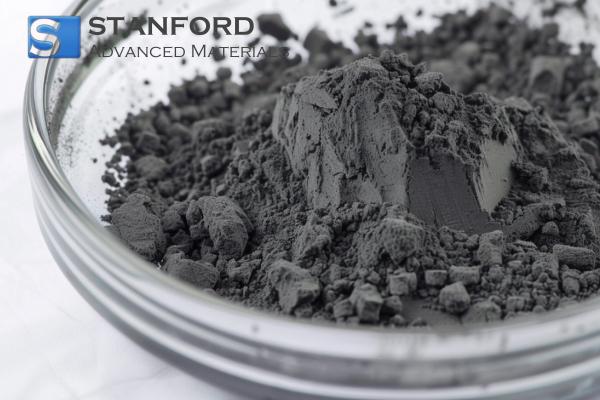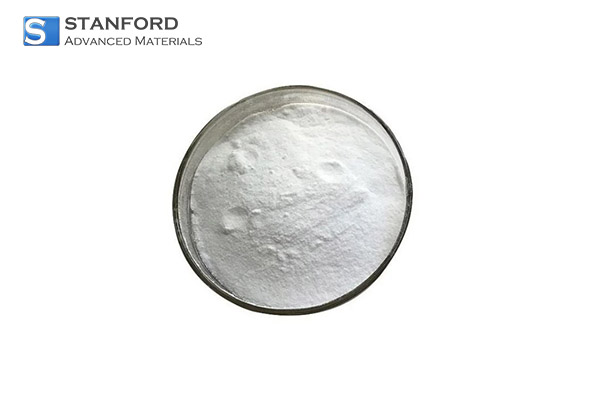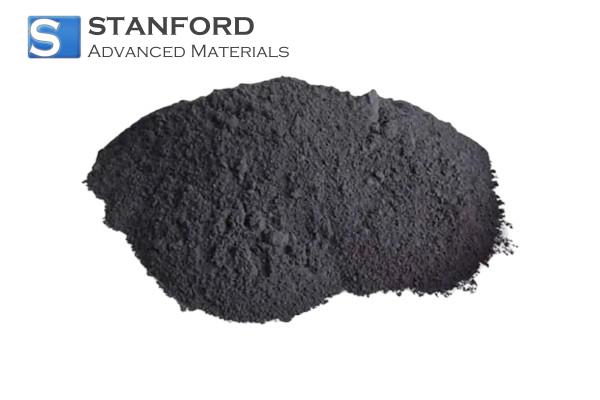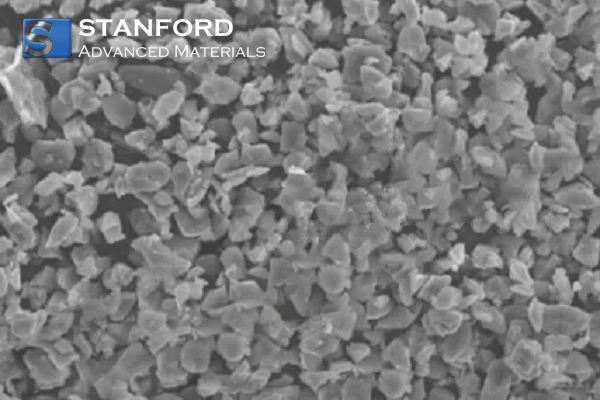- Products
- Categories
- Blog
- Podcast
- Application
- Document
SM5121 Carbon-coated SiO Anode, High Capacity
| Catalog No. | SM5121 |
| Compositions | SiO, C |
| Mean Particle Size D50 (μm) | 5.38 |
Carbon-coated SiO Anode refers to the anode material in a lithium-ion battery that is composed of silicon monoxide particles coated with a thin layer of carbon. Stanford Advanced Materials (SAM) has rich experience in manufacturing and supplying high-quality Carbon-coated SiO Anode.
Related products: Nano Silicon Powder, Silicon Powder
LATEST RECOMMENDED










GET A QUOTE
Send us an Inquiry now to find out more Information and the latest prices,thanks!

